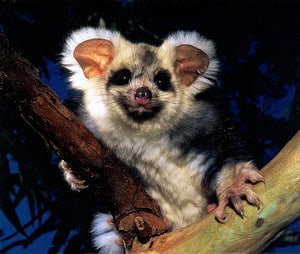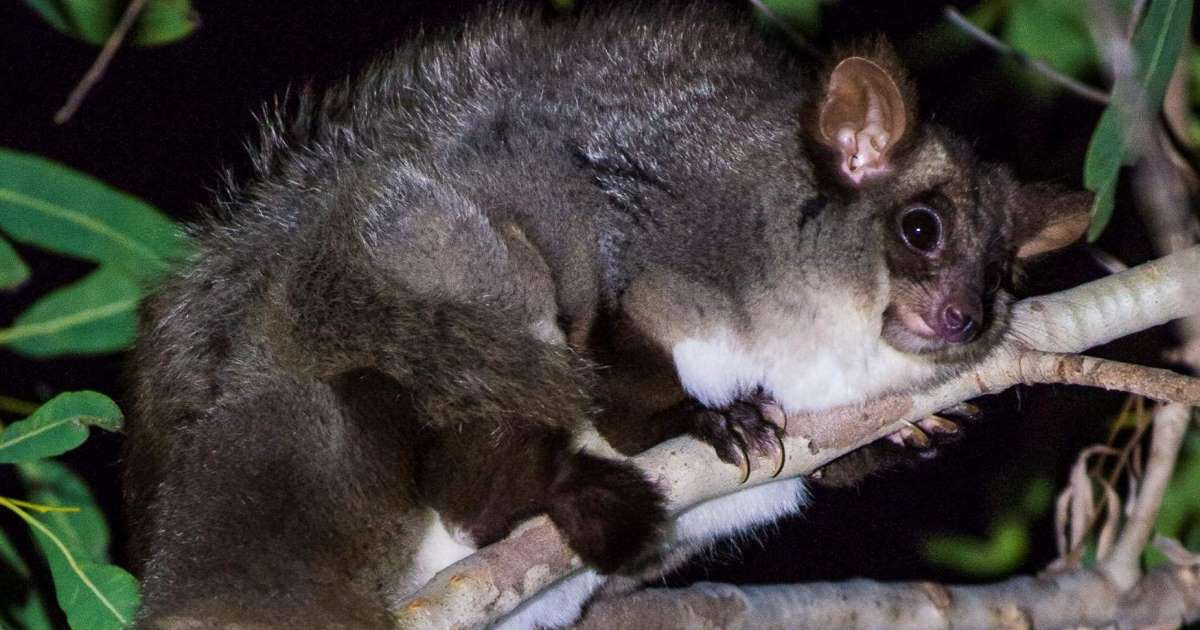

Some species are capable of gliding up to 200 ft (60m)! Instead, they have soft membranes, essentially excess skin, on their face, torso, tails, and between their toes.įlying geckos glide by leaping into the air and using these membranes to control their descent. Unlike Draco lizards, these reptiles do not use their ribs to glide. The thirteen or so existing species of flying gecko are found in the rainforests of Southeast Asia. While this might seem ridiculous, it is apparently very efficient for the tens of ant species that do it! Greater Gliders Once they have a target destination, they use their long hind legs to steer themselves towards it. They then flip themselves onto their backs, using their flat heads and bodies to slow their fall, and peer between their legs to see where they are going. When they perceive a threat, gliding ants leap out of trees and free-fall for a few meters. All have a most unusual method of gliding. There are several species of gliding ant found in rainforest canopies throughout the world. Gliding AntsĪs their name suggests, these are ant species capable of gliding. This allows them to travel over 230 ft (70m), sometimes as much as 450 ft (150m) in a single glide. The colugo’s patagia extend not just from ankle to wrist but from the tips of their fingers to the tips of their toes, all the way to the end of their tail. They have almost perfected the art of gliding with their remarkable physical adaptations. ColugosĬolugo usually refers to two distinct species: the Sunda flying lemur and the Philippine flying lemur.Ĭolugos are gliding animals found in Southeast Asia and are becoming increasingly rare due to habitat destruction. The Indian giant flying squirrel’s tail is actually longer than its body, measuring up to 20 inches (52cm). It, too, has a patagium, or skin-flap, stretching between its front and hind limbs, its tail to steer. This squirrel species uses a similar mechanism to the sugar glider to glide. Despite its size, it remains an efficient glider.

The largest flying squirrel on Earth, the Indian giant flying squirrel, can grow to an impressive 17 inches (43cm). These “compound glides” can span an incredible 1300ft (400m)! Wallace’s Flying Frogs They use this behavior to escape predators, such as swordfish.Īccording to the National Wildlife Federation, some species of flying fish can reach speeds of over 35mph (56 kph) and glide up to 650 ft (200m) in a single glide!įlying fish can even continue gliding without fully returning to the water, using their tails to propel them further. There are over 60 species of flying fish found in warm waters throughout the world, particularly around Barbados, known as “the land of the flying fish.”įlying fish glide by increasing their speed as much as they can underwater and then propelling themselves past the surface, extending their large fins in the air. They have long, bushy tails which serve as a rudder and help them steer while gliding. Suger gliders leap from the trees by extending their limbs like starfish and using their “wings” to soar over 150ft (45m) in the air.
#GLIDER ANIMAL SKIN#
This means that they have a flap of skin running from their wrists to their ankles, known as a patagium, which they use to glide.

These adorable marsupials are found in the forests of Australia and New Guinea and fall into the category of “ wrist-winged gliders.”


 0 kommentar(er)
0 kommentar(er)
